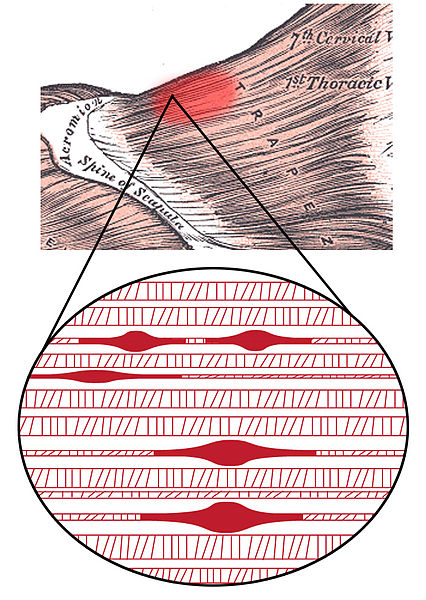My apologies -- I just read what I wrote and I sound extraordinarily cynical tonight. Mea culpa.
I do use "ch'i transfer" in everything that I do, including teaching. The system I teach is based upon three disciplines: Reiki, Tai-Chi and Kung Fu, and the alchemy that makes them the Shihando, Way of the Master. These healing systems have accelerated Universal Life Force -- Tai-Chi. They have altered the structure of energy. So all those martial artists who are working with ch'i or ki to empower their physical arts, are missing the boat if they are not working with ch'i or ki to empower the spiritual nature of their arts, as well.
The kata of all of the most traditional of martial arts are based upon a science of symbols, or calligraphies, found in the Sanksrit Sutras. If you have not learned this, then you are either still at the fighting stage of study, or your Master Teacher does not feel you are ready to receive this knowledge, or your Master Teacher does not know about it. These symbols are also found in Reiki. Additionally, there are symbols in Reiki, which was developed in the 1800's, that are in the martial arts forms, and which are not currently studied by most traditional martial artists. They need to get with the program, also.
So sorry again for being brusque. I did not intend any offense.
Thank you.


